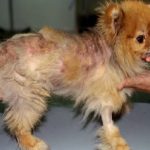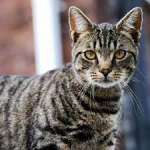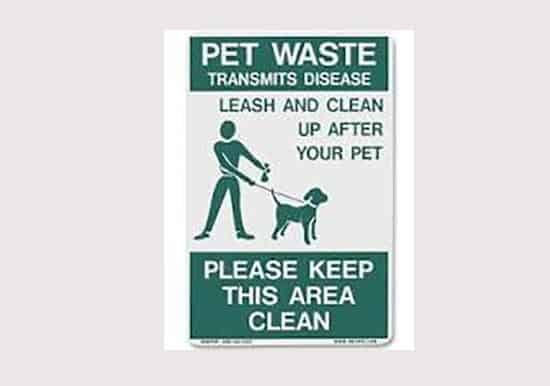“He’s throwing up hairballs all the time. I’m tired of stepping on slimy hair.”
To the client, the problem is simple. But to the veterinarian, it’s much more complicated.
When cats groom themselves and their feline friends, hair gets caught on the barbs of the tongue. That hair then is swallowed. In a “healthy” cat, that hair will go through the stomach and intestines (gastrointestinal tract) and come out in the feces.
So if a cat is throwing up hairballs, there is more going on than most owners realize.
Grooming allows cats to keep themselves clean. They remove old hair, surface dirt, and foreign bodies when they groom themselves and other cats.
But if a cat is long-haired, he/she has more hair to remove. (Naturally, both domestic and wild cats have short hair). So, long-haired cats who have to do all the grooming themselves — who aren’t being groomed (brushed) by their owners — are ingesting more hair than their short-haired brethren. The elimination of the extra hair may be too much for a healthy long-haired cat’s digestive system.
Also, if grooming becomes over-grooming, then more hair is entering the digestive tract, whether the cat is a short-haired or a long-haired cat.
Over-grooming can also occur when a cat is stressed. Anxiety, emotional stress, etc., can cause a cat to groom more often and for longer times. It’s a coping mechanism, like the same way many children suck their thumbs to seek solace.
Over-grooming can also occur in cats experiencing pain. They may lick and groom the painful area to try to make it “feel better” and/or to reduce the stress. Urinary tract pain, musculoskeletal pain, and abdominal pain may cause over-grooming in a troubled feline.
But hairballs also occur in animals who aren’t “putting too much hair” into their digestive tracts.
If the stomach and small intestine aren’t allowing the ingested hair to move through normally, then the cat will produce hairballs. For instance, if the cat has inflammatory bowel disease, hair – and food – won’t pass through it normally. The stomach and intestinal tissue is damaged, and doesn’t provide normal motility. It also doesn’t produce the normal digestive enzymes or lubricants that allow the intestinal contents to move along.
The same is true of gastrointestinal cancer. The contents of the tract (hair and food) don’t move along the way it should.
So what does the veterinarian need to consider as potential causes of the hairballs? Intestinal motility problems, stress, stereotypic behaviors, skin disease, abdominal problems, urinary tract problems, and musculoskeletal problems.
Your veterinarian will need to rule out and investigate a litany of things such as: pancreatitis, pain, urinary tract isues, parasitism, food allergy, intestinal parasitism, foreign body obstruction, endocrine diseases, cancer, behavioral causes along with skin diseases (including fleas, skin infection = bacterial, fungal, cancerous). In addition, there are other less common causes in cats that can also results in hairball vomiting. So, the upchucked hairball is not quite as simple as one might think.
What diagnostic tests might the veterinarian need to perform? Complete blood count, blood chemical analysis, fecal examination, urinalysis, ultrasonography, radiography, contrast radiography, skin cytology, histopathology, behavior evaluation, etc.
Finding and treating the primary problem is always preferable to just treating the symptom (hairballs). The cat and you the owner will be happier if everything can be put back to normal.
In addition to treating the inciting problem, though, the veterinarian may recommend diet changes, more brushing by the owner, more play time with the owner, etc.
With diagnostic skill and help from you, hopefully, your veterinarian can diagnose and treat or manage the underlying condition and make your feline friend healthier and happier.


